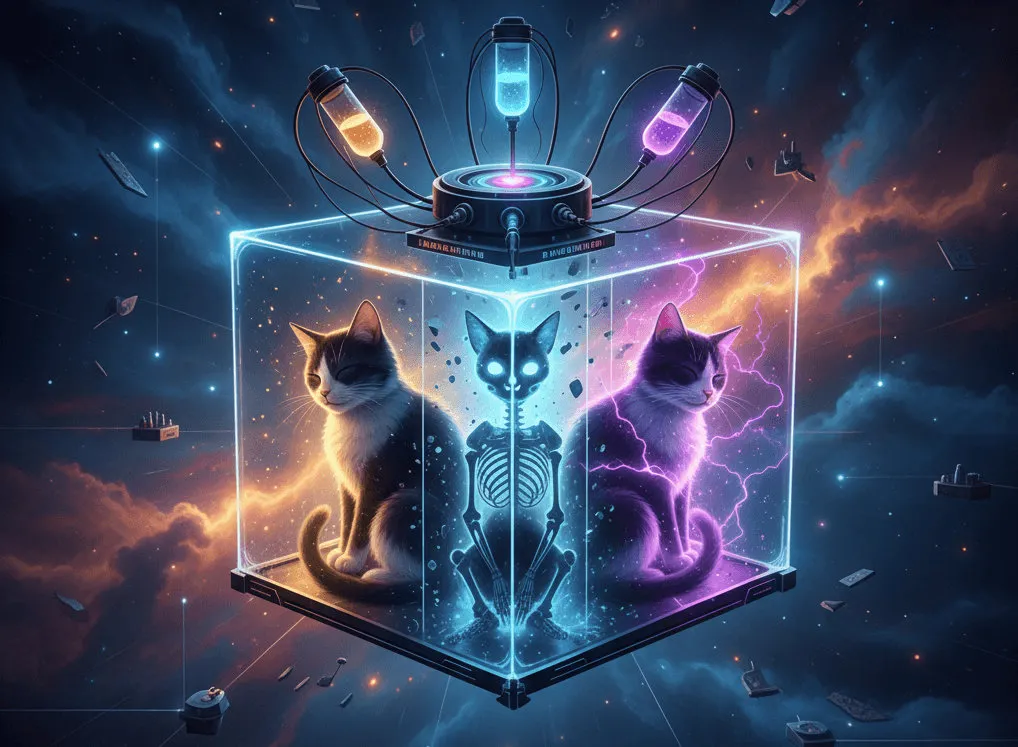
Parallel Universes: Every Decision, Another World?
←Return to ArchivesWhen people today talk about parallel universes, they are usually not thinking about ancient myth; they are thinking about physics. Over the last few decades, several different theories have been gathered under the loose umbrella of the multiverse. Cosmologist Max Tegmark suggested sorting them into levels, each one pushing the idea a little further.
Level I is almost modest. If space is truly infinite and matter is distributed in a roughly uniform way, then beyond our observable horizon there should be other regions that look very much like ours. Given enough volume, every possible arrangement of particles will occur somewhere. In that picture, there could be copies of Earth and rough copies of you, unimaginably far away, not because of magic, but because infinity is large enough to repeat itself.
Level II asks what happens if the process that inflated our universe did not happen only once. In models of eternal or chaotic inflation, pockets of space stop inflating at different times, forming bubbles. Each bubble can cool with different physical constants, dimensions, or laws. Our universe becomes a single bubble in a vast foam of universes, most of which might be hostile to life. We only find ourselves in one of the rare habitable ones because that is the only kind we can possibly observe.
Level III is where things become personal. The Many Worlds Interpretation of quantum mechanics takes the mathematical formalism of the theory seriously and refuses to collapse the wavefunction. Every time a quantum event has multiple possible outcomes, it does not choose; it branches. All outcomes happen, each in its own branch of reality. Applied loosely to daily life, this becomes the familiar narrative that every decision you make splits the world.
In this view, there are branches where you stayed, branches where you left, branches where you never found this article, and branches where you wrote it. Schrödinger's cat is alive in one world, dead in another, and the theory treats both outcomes as equally real. The mathematics behind this interpretation is precise, but experimental confirmation is elusive. Many Worlds is less a testable add on and more a way of reading a theory we already use.
Level IV pushes speculation to its edge. Here, every consistent mathematical structure corresponds to a universe. Reality becomes a space of possible equations. Our particular universe is just one example where the math happens to produce stable structures, chemistry, and observers. It is a sweeping proposal that blurs the line between physics and philosophy and is not widely accepted as a working scientific model, but it shows how far the multiverse idea can be taken.
Across all these levels, one theme repeats. When our theories seem to require fine tuning or raise uncomfortable questions, one way to respond is to say that what we see is only a small slice of something much larger. The multiverse offers a framework where our universe is special to us but not special in the full inventory of realities.